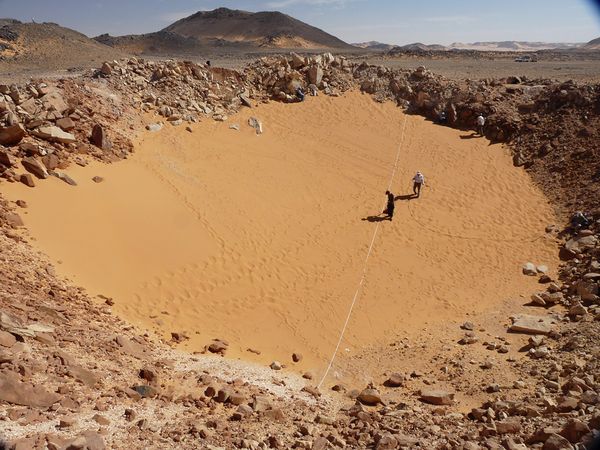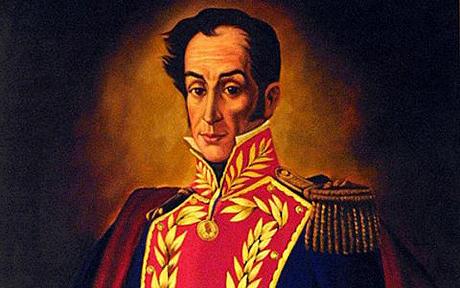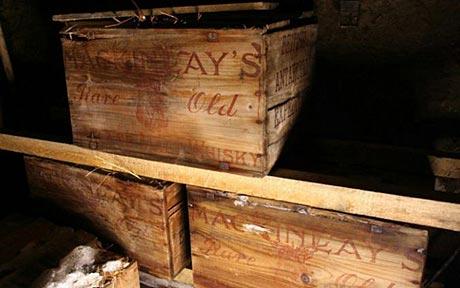
One of the best preserved craters yet found on Earth, the Kamil crater was initially discovered in February during a survey of satellite images on Google Earth. Researchers think the crater formed within the past couple thousand years.
The Italian-Egyptian team that found the crater in pictures recently visited and studied the 147-foot-wide (45-meter-wide), 52-foot-deep (16-meter-deep) hole. The team also collected thousands of pieces of the space rock that littered the surrounding desert.
Based on their calculations, the team thinks that a 4.2-foot-wide (1.3-meter-wide) solid iron meteor weighing 2,267 to 4,535 pounds (5,000 to 10,000 kilograms) smashed into the desert - nearly intact - at speeds exceeding 2.1 miles (3.5 kilometers) a second.
There are no hard numbers for how many meteors this size might currently be on a collision course with Earth, but scientists think the potential threats could be in the tens of thousands.









